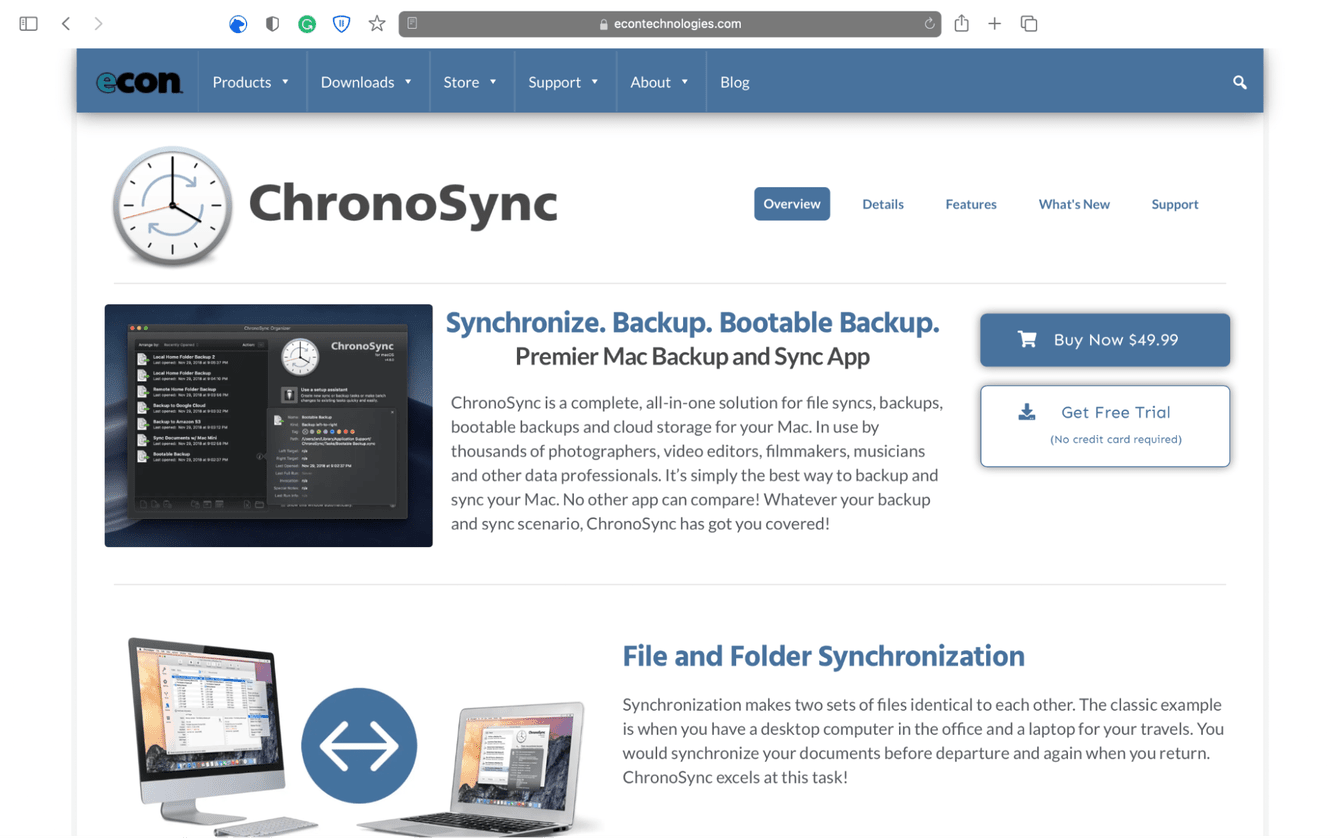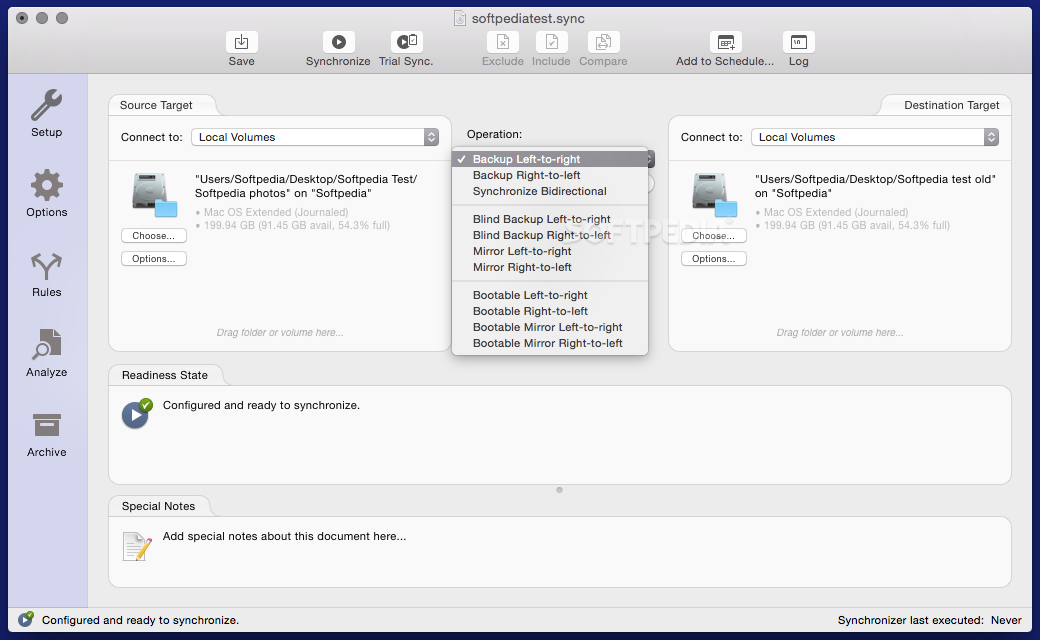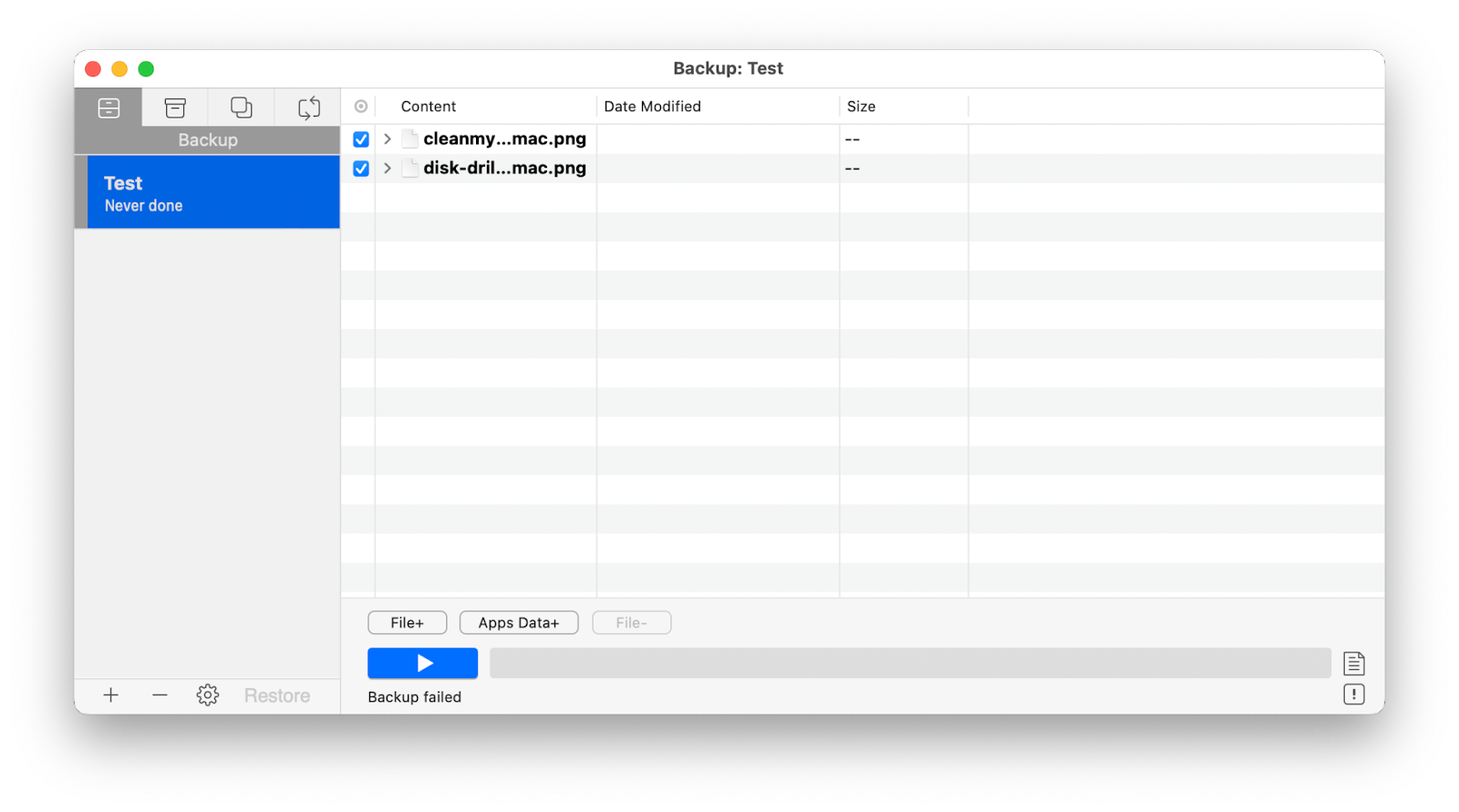
- REMOVE CHRONOSYNC MAC HOW TO
- REMOVE CHRONOSYNC MAC INSTALL
- REMOVE CHRONOSYNC MAC MANUAL
- REMOVE CHRONOSYNC MAC MAC
Once you’ve set the type of sync, you can also use the Options menu to define some pretty granular settings for your sync. The option I’m selecting is “Synchronize Bidirectional” as this is an article about syncing data. The other options are pretty well defined in the manual, but it’s worth mentioning that the Bootable Mirror options are especially useful. Click into the Operation field to bring up a list of the options that can be performed between your left and right targets. The default action that will be performed is to backup from the left to the right targets (the term target referring to the folder, not that it’s a source or target in the backup operation). Repeat that process in the Right Target section of the screen.

Because a lot of the data I use needs root access, I’m going to select “Local Volumes (Admin access)” in the “Connect to” field and then use the Choose button to select my actual source.
REMOVE CHRONOSYNC MAC MANUAL
When I used to do a lot of manual migrations, I would always always always line up my source on the left and my target on the right (or invariably you risk data loss by copying in the wrong direction), so the workflow in ChronoSync has always made sense to me. To do so, click on the option to “Create a new synchronizer document”.Īt the Setup screen, you have a right and left column. Once registered, you’ll see a nice screen giving you a few options. We’re going to create a single plan (synchronizer document) to backup a single source to a single target. Once the installer is finished, open the app and register the product.

REMOVE CHRONOSYNC MAC INSTALL
Then walk through the installer, basically following the defaults (unless you’d like to install to a volume other than your boot volume).

Once you’ve downloaded, ChronoSync, run the installer from the disk image that was downloaded. Next, we’re going to walk through the most basic of setups (and you can get all kinds of complicated from there if you’d like!). To get started with ChronoSync, go to their website at. It’s been a little while since I got the chance to really tinker around with ChronoSync so I thought I’d do a little article on what I got to find during my tinkerations.
REMOVE CHRONOSYNC MAC MAC
So answering your question about 's not an integral part of my Lightroom workflow, rather it's an integral part of my system-wide backup routine.ChronoSync is one of those tools that’s been in the Mac community for a long time (rightfully so). That creates backups of all my specified "important data" to 3 separate drives (two of which are connected only for the backup and disconnected immediately after). And I use Chronosync at least once per week (more often if I have a lot of new data such as photos). I also use Crashplan, which is a cloud-backup system, much like TM it runs persistently in the background doing its thing.ģ. As you're using a Mac, I would think that's the first backup procedure you should implement, especially as it's free.Ģ. it runs in the background backing up all changes and new data (so new photos get backed up automatically). I use Time-Machine to do a persistent system-wide backup, i.e. Chronosync is part of that, but we really should focus on a system-wide backup process, not just focus on photography.there's probably plenty of other non-photography data on our systems which should also be backed up.ġ. No matter that it's not in the same folder structure as the main copy, it'll do for me in an emergency until my "proper backups" are run. I also use the "Make Second Copy" during import, which I also recommend to others.that gives you two immediate copies (which should be on different drives) following the import. My plan is to backup to both of these using Chronosync and store one offsite which I would periodically bring up to date with new photos.Ĭan someone tell me where in my workflow I should execute the Chronosync back-up process? Are the photos on the NAS the source for Chronosync? What I do not understand is where in my workflow do I place the Chronosync back-up? Or is it an entirely separate process? I have 2 large hard drives sufficient to hold my entire photo library for the foreseeable future. Discussion in the Forums here has persuaded me that I should be using Chronosync.

I was using LR “Save a Second Copy to” on import assuming that I was making a good back up copy. All of this is working perfectly I’ve never had any problems. I save roughly the last 10 catalogues and I periodically go in and delete those that are aged 20 days or more. The Catalogue is backed up every time I exit LR. I have the LR catalog on my MacBook of course and my primary photo library is on a NAS.
REMOVE CHRONOSYNC MAC HOW TO
I am just learning how to do things correctly so please be patient with me.


 0 kommentar(er)
0 kommentar(er)
